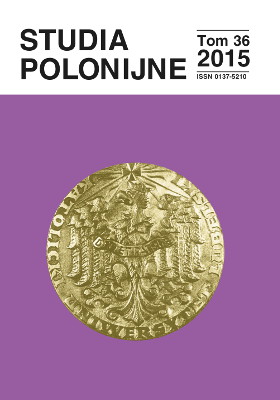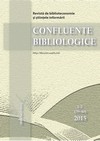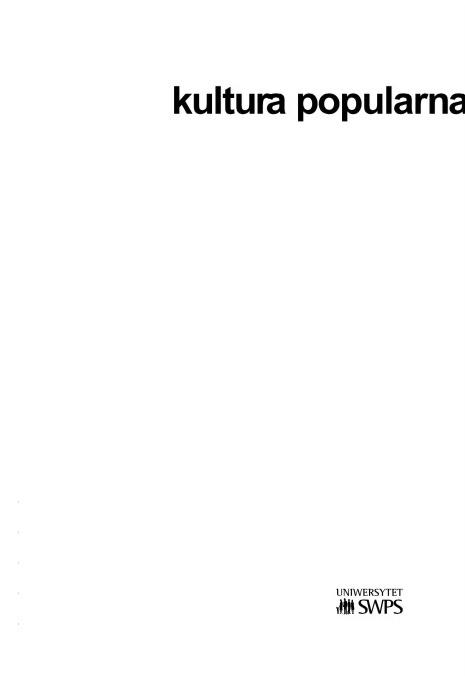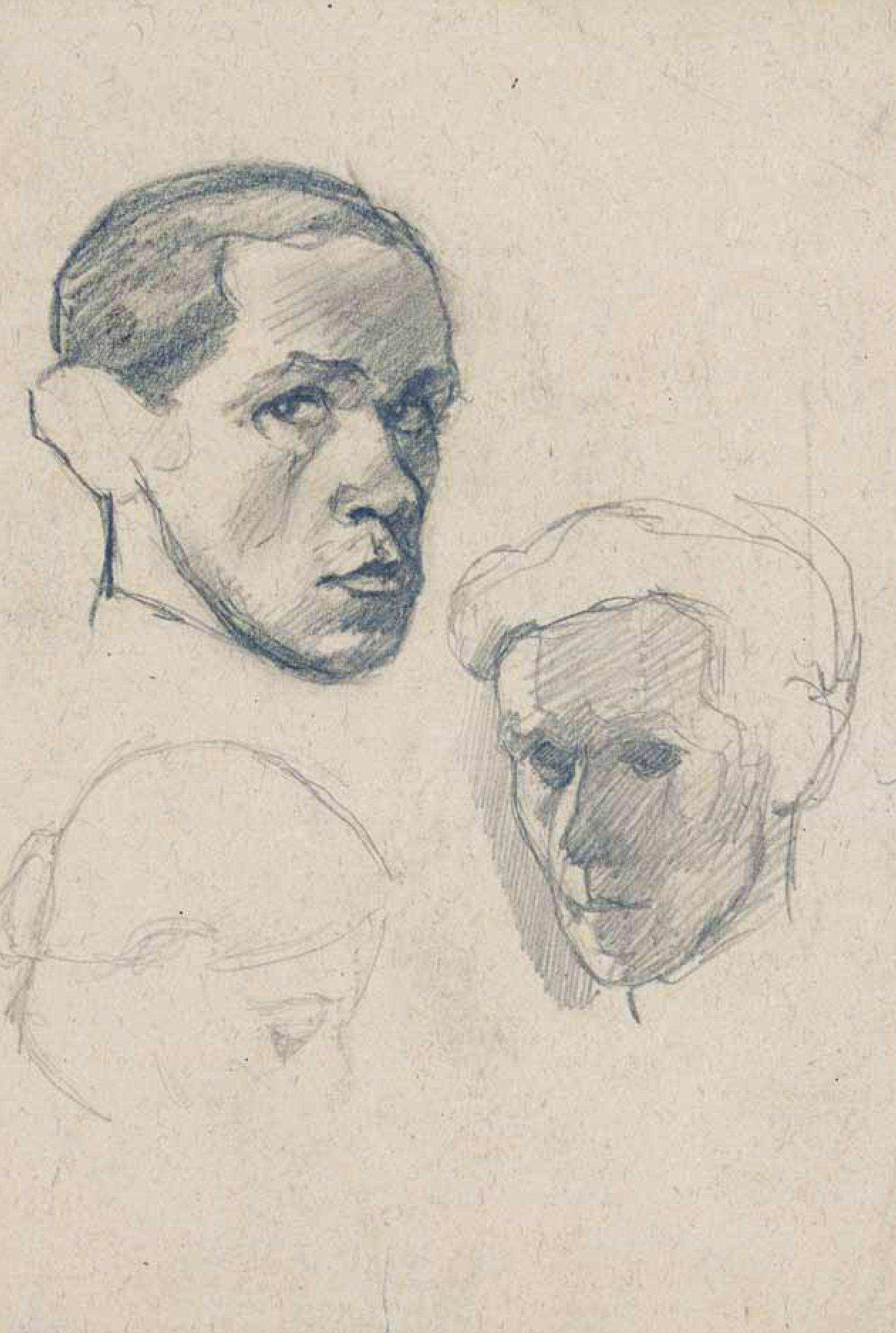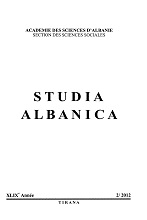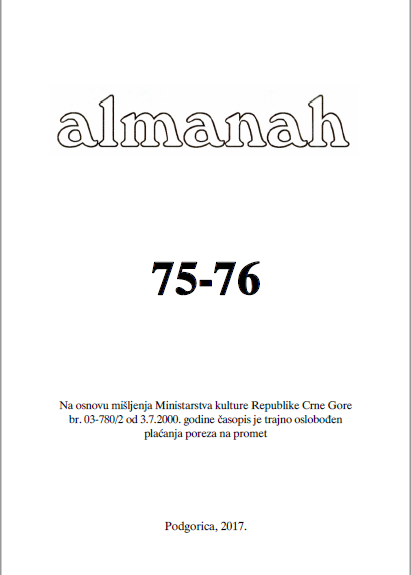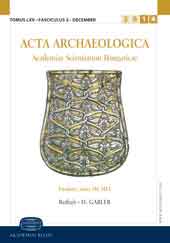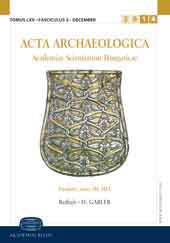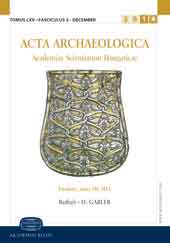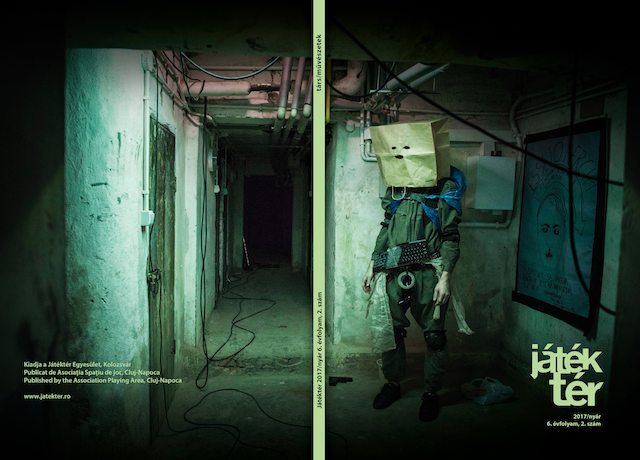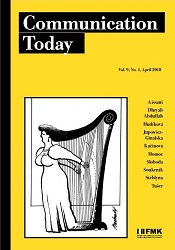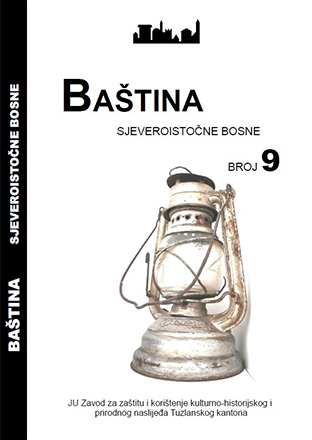Author(s): Yuriy Evgenievich Medvedik / Language(s): Ukrainian
Issue: 19/2011
Вихід у світ цього дослідження є результатом багаторічної наукової праці вже достатньо відомої в Україні та поза її межами дослідниці – Ольги Зосім. Нею зазначено, що її “робота має інтердисциплінарний характер”, до того ж підготовка та написання потребувала особливої увагу до різноманітних аспектів джерелозначо-текстологічної проблематики. З цією метою було досліджено de visu близько 150 рукописних співаників XVII–XIX ст. (переважно українських; перелік збірників міститься у Додатку № 1) з архівних інституцій України та Росії. До аналізу залучено також друковані тексти “Богогласника” (Почаїв, 1790–1791), співаника ксьондза Міхала Мьодушевського (Краків, 1834), публікації давніх пісень, здійснені упродовж ХХ–ХХІ ст. науковцями з України, Польщі, Чехії, Словаччини, Німеччини. Водночас, О. Зосім джерелознавче спрямування не ставила собі за основу дослідження, на чому й наголосила: “воно не передбачає встановлення повного обсягу запозичених пісенних творів, що функціонували у східнослов’янському репертуарі, оскільки говорити про повноту можна лише після створення джерельної бази як українського (східнослов’янського), так і польського, словацького, чеського, німецького, угорського духовнопісенного репертуару” [1, 5]. Справедливе зауваження, хоча джерельна база дослідження і так вельми ґрутновна.
More...

